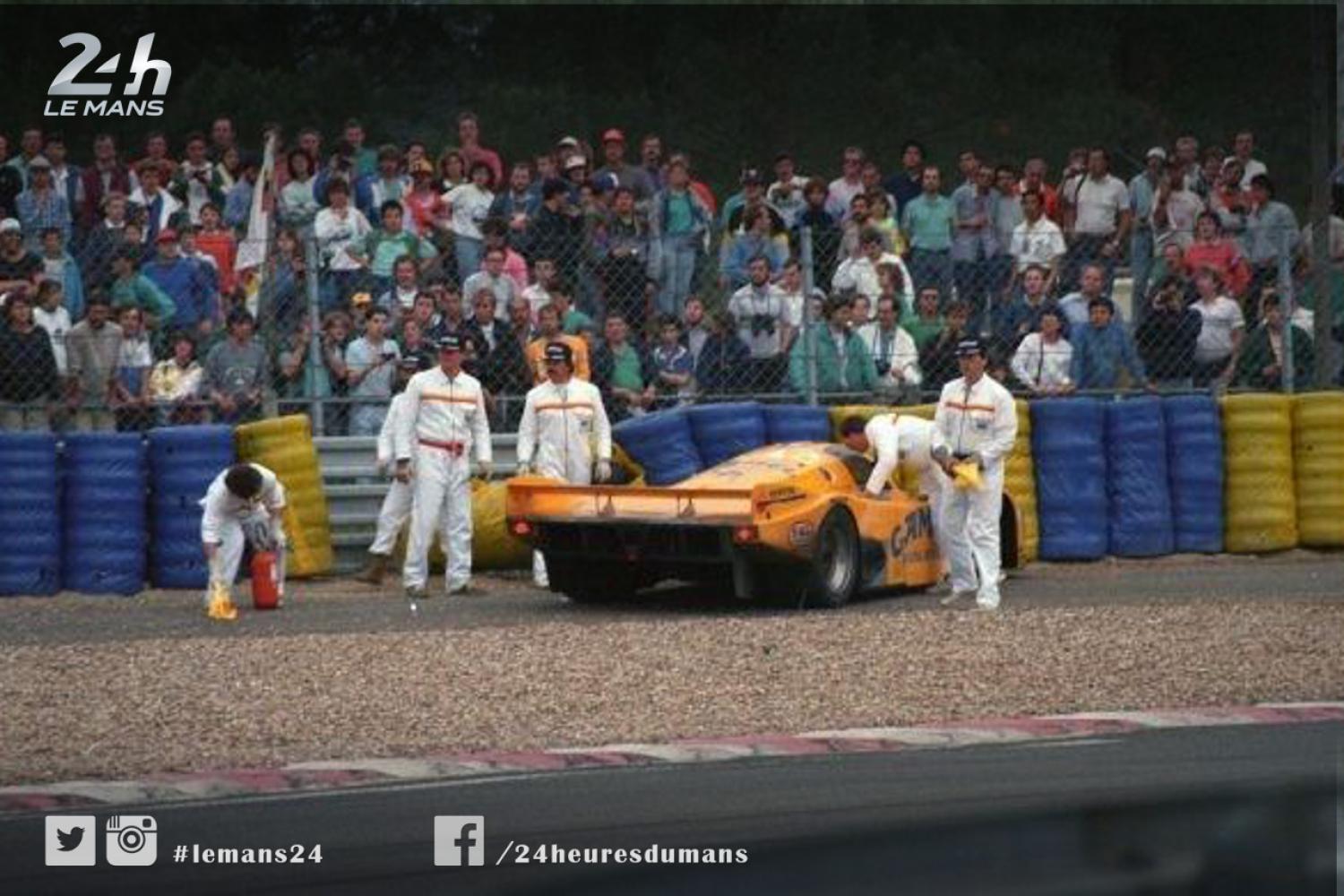The late 1960s saw the Automobile Club de l’Ouest adopt radio equipment supplied by Thomson, and subsequently Motorola. Vast quantities of batteries were required, and the radio connections were often poor in the woodland areas, despite the temporary antennas erected for the race.
The marshals began to receive more thorough training which, in the winter, consisted of simulations on parts of the circuit. They became either flag marshals (to warn oncoming drivers) or responders (armed with fire extinguishers). Dunlop had the splendid idea of dressing the marshals in immaculate overalls with reflective strips. The Le Mans “men in white” were recognised at circuits the world over for their high level of competence. According to Paul Butler, Moto GP Race Director, they are the only marshals in the world who try to rescue a rider in trouble before he hits the deck!
The descendants of the legendary marshals of yore were named Daniel Blin at post 123 bis (outside, left of the kart track) or André Thuard at post 8 (Dunlop Bridge). They are still there today, passing on their invaluable experience to their younger colleagues as witnesses of two further revolutions: remote monitoring and safety cars, designed to make the marshals’ job all the less hazardous.
Formula 3000 races organised on the Bugatti circuit provided an opportunity to implement video monitoring of the track. Marcel Martin, 24 Hours Race Director, and Jean-Pierre Moreau, ACO Sporting Director at the time, fought hard for Le Mans to be the first circuit in the world to have such equipment installed. The Bugatti circuit’s cameras were dispatched around the full Circuit de la Sarthe for the 24 Hours of Le Mans and the Operations Centre coordinating the marshals’ interventions no longer had to work “blind”.
The marshal posts were then staffed by racing teams or foreign delegations. For example, the Armor outfit from Brittany oversaw post 134 bis (“bis” referring to the outside of the track), the Belgians were at post 18 (Tertre Rouge) and the British were perched atop Mulsanne mound (post 70). In recent years, the international flavour has been maintained at post 106 manned by the highly respected Steve Tarrant, wheelchair-bound since losing a leg at Goodwood, who has just announced his well-earned retirement.

